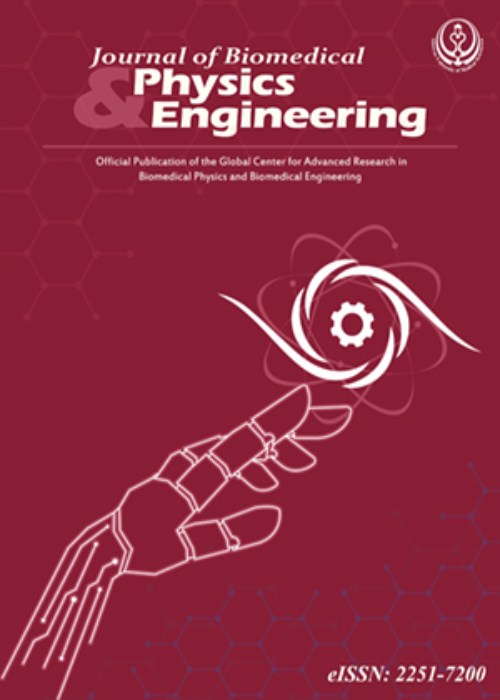Comparative Evaluation of Carbon Reinforced Polyetherketone Acetabular Cup using Finite Element Analysis
Patients suffering from osteoarthritis undergo surgery to replace hip joints with hip prosthesis implants. Today most acetabular cups of hip prostheses are made of Ultra-High-Molecular-Weight-Polyethylene. However, these materials acting as acetabular cups of the implant have been recalled since patients have been feeling uncomfortable and abstained from physical activities. A newly introduced material, 30% Carbon Reinforced Polyetherketone, possess better isotropic mechanical properties and lower wear rates.
The research aims to compare the von-Mises stresses and deformation in static and dynamic loading of Ultra-High Molecular-Weight-Polyethylene to 30% Reinforced Carbon Fiber Polyetherketone using Finite Element Analysis.
An analytical study was performed to evaluate material selection and their contact performances of acetabular cups. Four pairs have been analyzed under loading conditions following ASTM F2996-13 and ISO 7206-4 standards. The acetabular cups options are made of 30% Carbon Reinforced Fiber Polyetherketone or Ultra-High-Molecular-Weight-Polyethylene. Besides, the femoral head and steam options are either Alumina Ceramic or Cobalt Chrome Molybdenum.
The yield strength of Ultra-High-Molecular-Weight-Polyethylene is considerably small, resulting in the acetabular cup to fail when applied to high loading conditions. Carbon Reinforced Polyetherketone with Alumina Ceramic yielded 65% lower deformation at stumbling phase.
Since the study focuses on linear isotropic material properties, Alumina Ceramic dominates a higher elastic modulus than Cobalt Chrome Molybdenum, nominating it the best fit combination for lower von-Mises stresses, acting on the Carbon Reinforced Polyetherketone acetabular cup.
- حق عضویت دریافتی صرف حمایت از نشریات عضو و نگهداری، تکمیل و توسعه مگیران میشود.
- پرداخت حق اشتراک و دانلود مقالات اجازه بازنشر آن در سایر رسانههای چاپی و دیجیتال را به کاربر نمیدهد.


